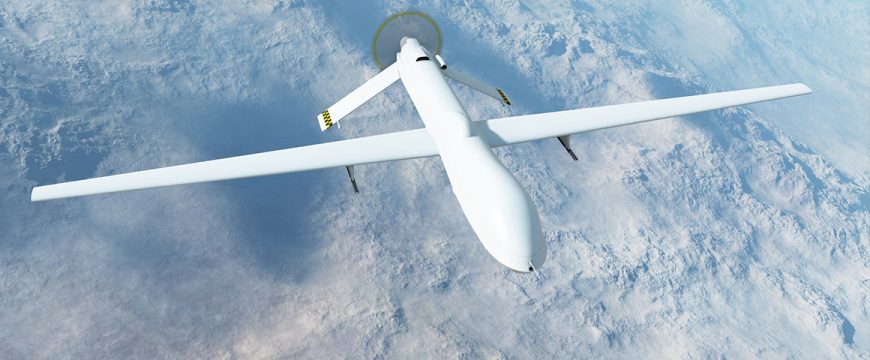
HRL Receives DARPA Award for Multichip Integration

HRL Laboratories, LLC has received an award from the Defense Advanced Research Project Agency (DARPA) under its Diverse Accessible Heterogeneous Integration (DAHI) program to develop a novel multichip integration technology using HRL’s Metal Embedded Chip Assembly (MECA) process. HRL’s Principal Investigators are Drs. Miro Micovic and Florian Herrault.
Integrating different types of microchips enables electronic devices to be made with many different capabilities. These electronic packages of systems are small, powerful, and efficient—think of a smartphone with its internet connectivity, cellular communications, and Bluetooth functions in a handheld device. One of the problems of chip integration is that powerful electronics generate heat that has to be dissipated efficiently to prevent damage to the device.
The MECA process enables superior electrical connections between the integrated chips by placing the chips much closer together and on the same level than existing methods. The chips are placed like tiles in a pattern, along the same plane, but MECA also enables 3D integration, with chips integrated in a stacked formation.
“We can make side-by-side devices quickly with horizontal interconnects, then integrate other chips on top with vertical interconnects. With other methods they mount chips together in a package using many small wires called wire bonds to connect them. With that method you get extra inductance, limiting signal speed, limiting performance, and using a lot of power,” Micovic said. “We have a way of putting the chips very close together and instead of wire bonds, we use photolithography to define interconnect metals, which is a technique used to make monolithic microwave integrated circuit (MMIC) or complementary metal-oxide semiconductor (CMOS) chips.”
What also makes MECA unique is its “heat spreader” technology. As the chips are integrated, a metal such as copper is electroformed around them. Copper is an extremely effective heat sink that quickly dissipates the heat generated by the device. This enables high-performance multichip modules with superior thermal management.
“This effort will help us build systems on a chip with more efficient repurposing of heterogeneous integrated circuits and MMIC components at lower cost, size, weight, and power, while significantly increasing performance and managing heat,” Herrault said. “We can for example integrate gallium nitride, CMOS, indium phosphide, and silicon chips all in the same module. And our approach is applicable to digital and mixed radio frequency signals, making it very versatile.”
The photolithography technique is a wafer-level parallel process, which lowers production cost. MECA enables repurposing of existing chips to add a particular capability to a module instead of designing an entirely new chip. Thus, the value of a chip can be increased by extending its uses in new integrated modules.
HRL Laboratories, LLC, California (hrl.com) pioneers the next frontiers of physical and information science. Delivering transformative technologies in automotive,aerospace and defense, HRL advances the critical missions of its customers. As a private company owned jointly by Boeing and GM, HRL is a source of innovations that advance the state of the art in profound and far-reaching ways.
Media Inquiries: media[at]hrl.com, (310) 317-5000